
Electrodry Mould Removal Tamworth
The Affordable and Revolutionary Mould Cleaning System

The Affordable and Revolutionary Mould Cleaning System
For superior mould removal in Tamworth, Electrodry is your go-to choice. Our mould remediation technicians are backed by Goldmorr, the industry's leading authority in mould removal. Our mould removal service offers guaranteed safety and immaculate results. This is what you get:
As part of our service, we provide a detailed assessment of the cause and treatment of mould growth, as well as expert recommendations on preventing regrowth.
Electrodry Tamworth targets hidden and airborne mould as well as visible mould growth using GM2000 fog.
Electrodry's non-toxic Goldmorr mould removal solution removes stains left by mould growth without the need for repainting.
Our effective treatment approach directly targets and eliminates mould at its source, ensuring a thorough and long-lasting solution.
If the mould returns within 12 months, Electrodry will return free of charge to clean all mould-affected areas listed in the original scope of work.
Our 1-day mould cleaning service ensures quick and thorough removal of mould from your premises and a fast turnaround time for your convenience.
A mould quote, inspection and detailed report entail a $50 fee, which is deducted from the total quote when you book any Electrodry service. Our quotations are all-inclusive, so there will be no hidden surprises.

Call our hotline 13 27 13 or schedule a quote and pre-inspection online.

During the visit, our technician will tell you the cost, likely results and answer all your question.

Receive a comprehensive report including the exact quote, cause, scope and treatment of the mould issue.

Book with peace of mind knowing exactly what to expect on the day of your service.
Electrodry’s Mould Remediation technicians are all approved by Goldmorr, the industry leader in mould removal. Using their non-toxic, biodegradable products, Electrodry is able to safely get the best result for your home, every time. Our technicians are trained in removing mould from hard surfaces using Goldmorr GM6000, and then killing air-borne spores all throughout your home, using the GM2000 fog.
Book an inspection and one of our Goldmorr-approved technicians will assess the scope of the mould contamination, as well as provide a quote and discuss treatment options.
In order to discover the factors that allow mould to grow in your home, your Electrodry technician will assess the moisture levels in your home.
The technician will use a surfactant solution that traces mould into the building materials, effectively eliminating mould growing below the surface.
External mould and mould stains are removed from the affected area, with painting very rarely necessary.
To prevent recolonisation by airborne mould spores, we spray an antimicrobial mist into the home to kill mould.
| Mould Inspection | $50 |
|---|---|
| Mould Micro Cleaning | $399 per room |
| Mould Micro Misting | quoted on inspection |
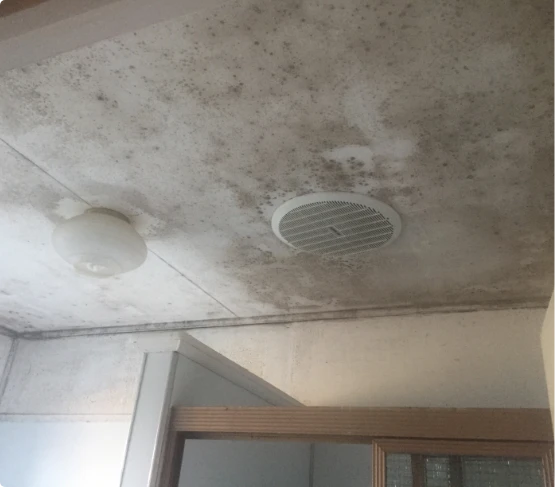
Before
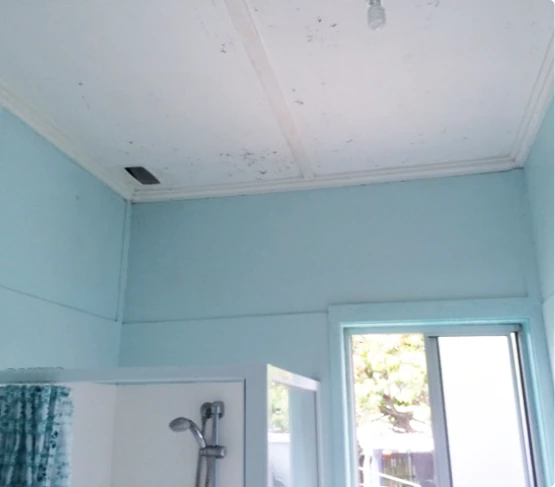
After
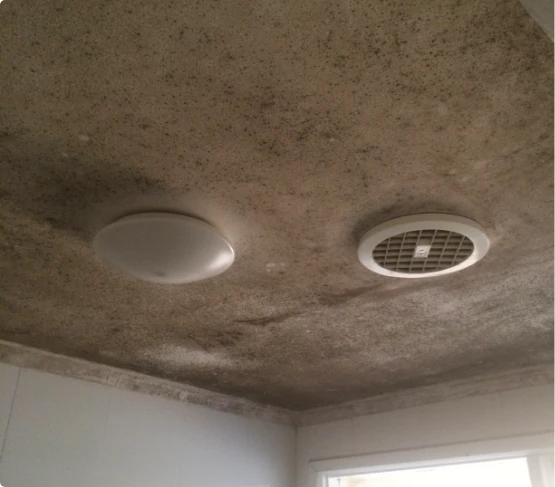
Before
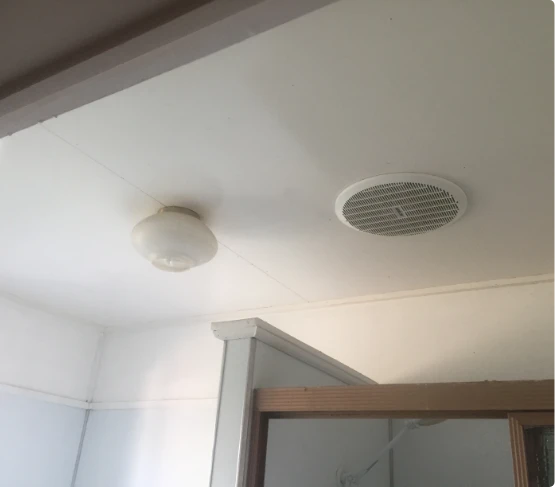
After
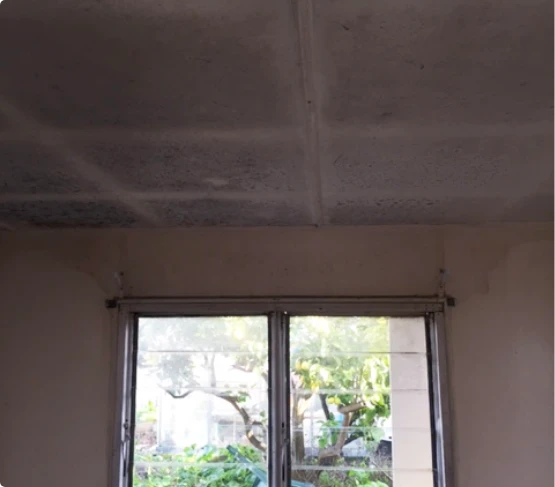
Before
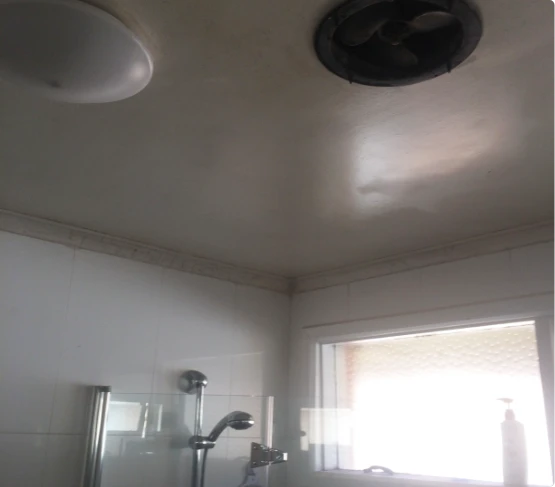
After
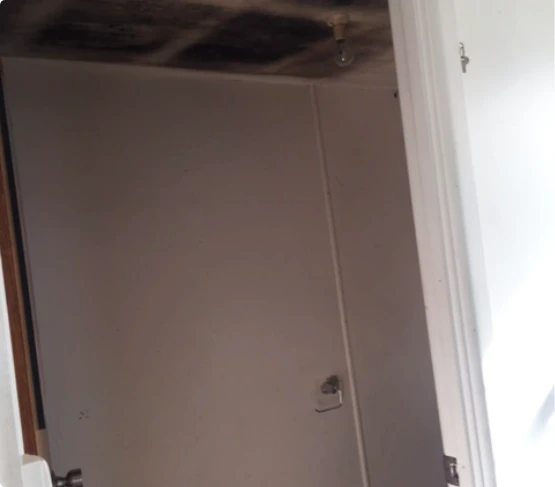
Before
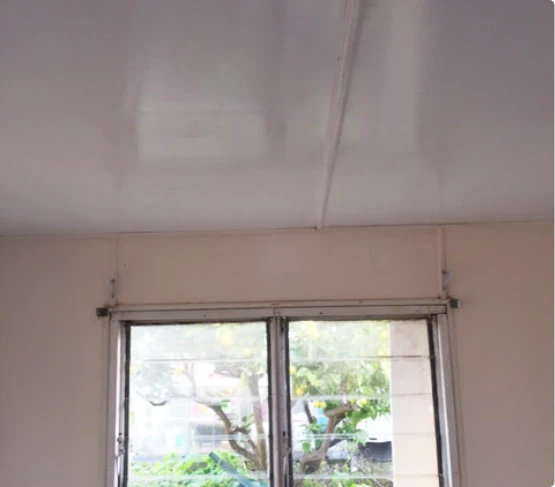
After

Before
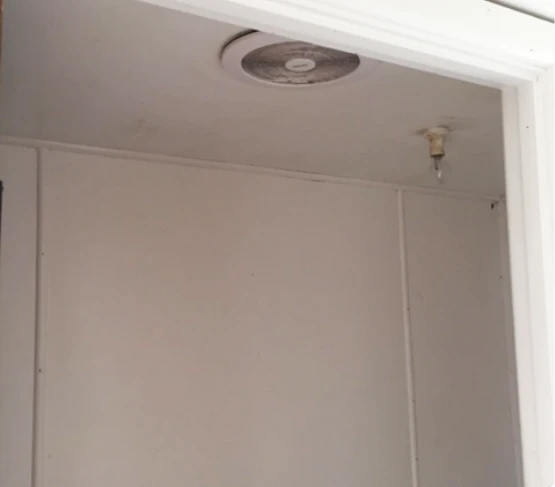
After
Mould can be found on surfaces like carpets and fabrics, walls, ceilings and in areas with water damage, and in damp environments such as showers or toilets. Mould can cause allergic reactions and affect indoor air quality if not promptly addressed.
Cladosporium mould is a common type of mould that can have varying effects on human health depending on the specific species and individual sensitivity.
Causes
Cladosporium mould growth is typically attributed to conditions of excessive moisture, which provide an environment conducive to its development. This can occur due to factors such as water leaks, high humidity, condensation or inadequate ventilation.
Is It Dangerous?
Long-term exposure to high levels of Cladosporium can lead to adverse health effects. Some people may experience allergies and asthma symptoms when exposed to Cladosporium.
This is a common type of mould found in various environments, including indoor spaces. Most species of Penicillium produce spores that are blue, green, or yellow in colour.
Causes
While Penicillium moulds are often associated with food spoilage, they can also be found in damp or water-damaged areas of buildings, such as walls, ceilings, and carpets. They thrive in environments with high humidity and organic materials to feed on.
Is It Dangerous?
Exposure to Penicillium moulds can cause allergic reactions in some individuals including sneezing, itchy nose, itchy throat, watery eyes, and nasal congestion. People with mould allergies, particularly those with asthma, may experience asthma attacks triggered by exposure to Penicillium moulds.
These moulds are commonly found both indoors and outdoors and are widespread in the environment. Aspergillus moulds begin as white and can change colour as they grow, with shades including green, brown, black, or yellow, depending on the species.
Causes
Aspergillus is caused by various species of the fungi Aspergillus. The most common cause of aspergillosis is Aspergillus fumigatus. The spores of Aspergillus moulds are airborne and can be more concentrated indoors compared to outdoors.
Is It Dangerous?
Aspergillus moulds can cause a condition called aspergillosis, which is an infection caused by this type of mould. Symptoms of aspergillosis can include coughing (sometimes with blood), shortness of breath, wheezing, chest pain, fever, fatigue, and even weight loss.
The club-shaped spores of Alternaria mould develop into long, chain-like structures, eventually forming thick black, green, or grey colonies. These spores can be found both indoors and outdoors and spread through the air, often settling in water or soil.
Causes
These moulds are commonly found in the environment, both indoors and outdoors, and are known as major plant pathogens. They can grow on a wide range of surfaces and materials, including soil and water]. Alternaria moulds thrive in damp conditions and are capable of rapid growth, with some species reaching maturity within five days.
Is It Dangerous?
While Alternaria mould is a common cause of allergies, it is generally not considered to be highly dangerous for individuals with a healthy immune system. However, for people with compromised immune systems, such as those who are immunocompromised, Alternaria mould can cause opportunistic infection. It's important to note that mould allergies can cause uncomfortable symptoms such as sneezing, runny nose, red eyes and dizziness.
Please note that mould allergies can cause uncomfortable symptoms such as sneezing, runny nose, red eyes, and dizziness. If you suspect that you have mould in your home, book an inspection with an Electrodry Mould Removal Specialist now.

Yes, bleach is an effective solution for killing mould. Take the following steps when using bleach to kill mould:
Please note, bleach should be used with caution and proper ventilation, and it may not be suitable for all types of surfaces.
The sudden appearance of black mould may be due to excessive moisture in the environment, which can be caused by factors such as leaks, poor ventilation, or high humidity levels. Other possible reasons include changes in the weather or the presence of a water source nearby. To prevent mould growth, it's important to identify and address the underlying cause of the excess moisture.
To keep black mould from reappearing, it's important to address the root cause of the mould growth. This can include the following:
Additionally, using mould-resistant paint or other products can help prevent future growth.
Dehumidifiers can reduce mould growth by lowering air moisture levels. Keeping relative humidity at 50% or lower prevents mould development. However, cleaning and maintenance are necessary, and existing mould problems must be addressed before relying solely on a dehumidifier.

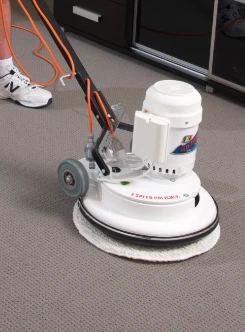
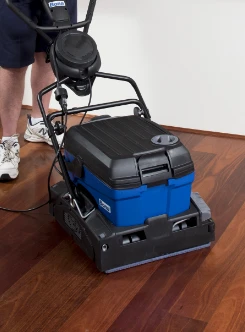
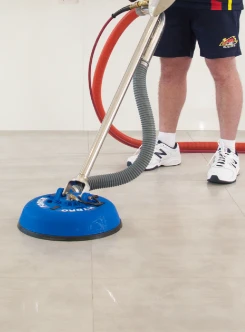
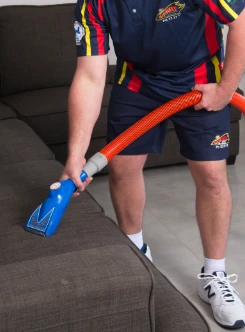
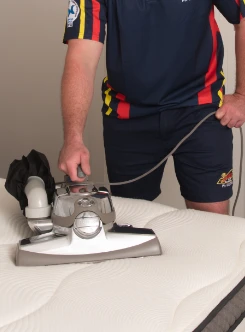
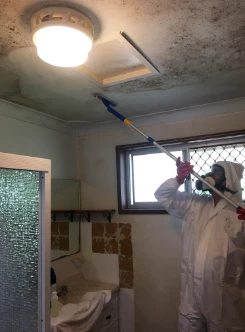
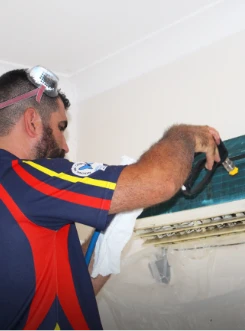
Monday
8am–6pm
Tuesday
8am–6pm
Wednesday
8am–6pm
Thursday
8am–6pm
Friday
8am–6pm
Saturday
8am–6pm
Sunday
8am–4pm
Loomberah, Kingswood, Keepit, Hillvue, Nundle, North Tamworth, Nemingha, Moore Creek, Somerton, Piallamore, Oxley Vale, Ogunbil, Timbumburi, Taminda, South Tamworth, Weabonga, West Tamworth, Wallamore, Warral, Westdale, Woolomin, Appleby, Barry, Bective, Bithramere, Bowling Alley Point, Calala, Carroll, Daruka, Duncans Creek, Dungowan, East Tamworth, Garoo, Gidley, Goonoo Goonoo, Gowrie, Hallsville, Hanging Rock